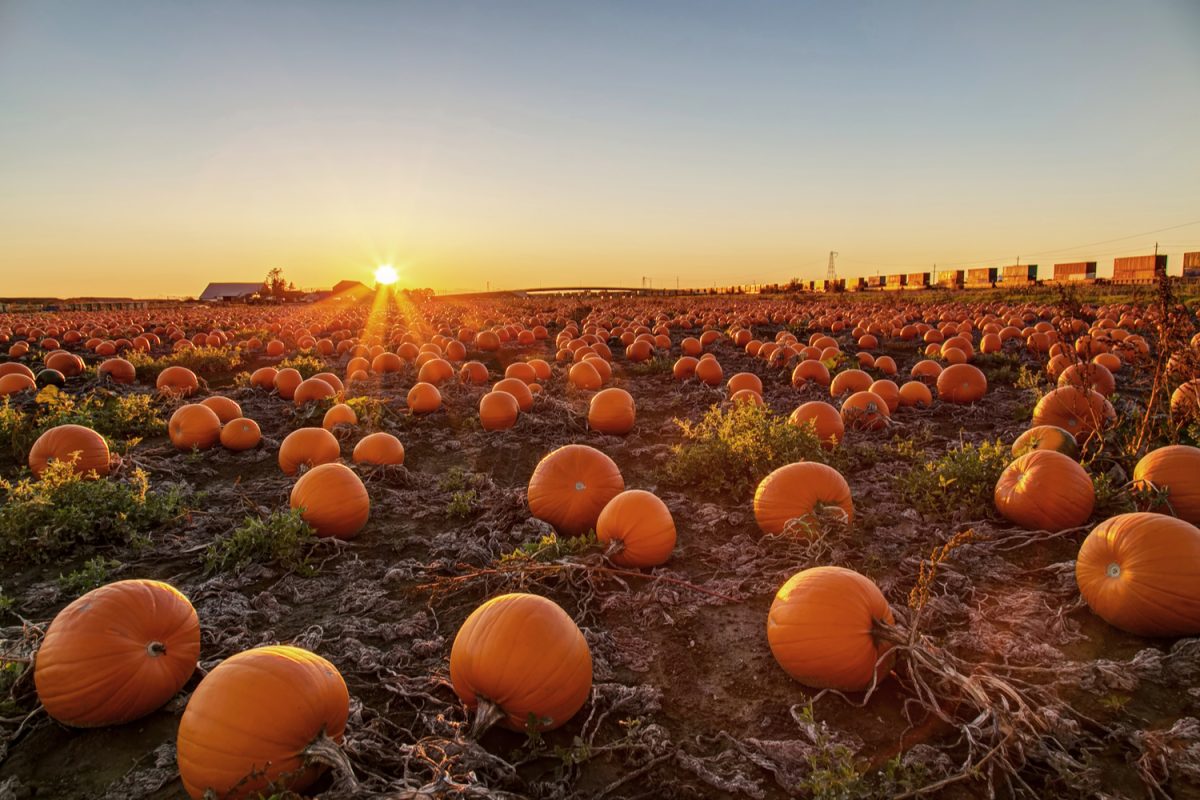Carving pumpkins is as much a Halloween tradition as trick-or-treating and pointy hats. But the practice can be dangerous. Unfortunately, emergency room visits tend to increase around Halloween in part because of lacerations, puncture wounds, and even damaged nerves or tendons related to pumpkin-carving mishaps.
Still, there’s no reason to be afraid of pumpkin carving or to keep kids away from the action. Stay one step ahead of danger by following these simple pumpkin-carving tips to ensure a safe and fun experience.
It starts in the patch
Pumpkin-picking festivals are common in many areas, with idyllic hayrides and sunlit fields a staple of more than a few family traditions. This is also where pumpkin-carving safety begins.
When selecting your pumpkin, find one with flatter, smoother skin. This makes carving easier. If you see soft spots in the flesh, keep it moving, as this is a sign that rot is setting in. Finally, while it’s tempting to grab the biggest pumpkin within eyeshot, try to stick with a size that’s more manageable for the entire family.
Stay dry
The outside of a pumpkin is hard, smooth, and can sometimes get slimy with pulp as the carving gets underway. That’s not the best recipe for safety, as moist knives and hands can slip at the wrong time.
Keep a towel handy to wipe down messy fingers, knife blades and handles, and the pumpkin itself. It’s a simple step with major safety benefits. You can also keep surrounding surfaces clean and free of seeds, goop, and other debris.
Use pumpkin carving kits
Most pumpkin-carving kits come with tools that resemble tiny saws with serrated edges that are less likely to snag on hard pumpkin flesh. The tools also are shorter and more flexible than regular knives and have a blunt tip that lowers the likelihood of cuts and puncture wounds.
Buy Now
Avoid sharp knives
Whatever you do, resist the urge to break out the big chef’s knife, no matter how many slasher films you’ve been watching. If a carving kit is not available, go with the dullest knife that can reasonably do the job; a butter knife often works just fine. Never let young children handle knives under any circumstances; they can assist with other tasks.
Get on solid ground
Before you carve, clear a space on your dining room table or another flat, stable surface. Put down a drop cloth or something else you don’t mind getting messy, which not only keeps things clean but creates traction to help hold the pumpkin in place.
Position your future jack-o’-lantern under plenty of light, and when it’s time to light the inside of your gourd, go with a battery-operated tea light instead of an actual candle.
Safe pumpkin-carving techniques
A few simple carving methods can help minimize injury risk. Sketch out your design beforehand for a smoother process. When cutting off the area around the stem, do so on a slant so it rests more easily in the opening at the top. Remove the pumpkin’s innards only after carving the exterior, as reaching into the hollowed-out pumpkin while carving can increase the chances of a mishap.
While carving, kids and grownups alike should move slowly and use controlled movements.
Prepare for the worst
Be ready when accidents happen. Although most pumpkin-carving accidents are not serious, they can be painful and traumatic, especially for the little guys.
If an accident occurs, apply pressure to the wound with a clean cloth or paper towel. The bleeding should stop within 15 minutes.
When to seek medical attention
If the cut is deep — about a quarter inch or so — or in an awkward location, it may require stitches or even surgery. Numbness, tingling, or loss of function could be nerve or tendon damage. A doctor or other health care provider would need to make a full assessment to determine the extent of the damage. No matter what, when in doubt, call 911.
Don’t let the merriment of Halloween lull you into a false sense of security. Carving a pumpkin is a risky enterprise for adults and children alike, and there’s a real chance that a fun activity could end in tears or even a hospital visit. At the same time, don’t let fear get in the way of your celebration. Take a few precautions and prepare for the risk accordingly, and everyone can enjoy this annual tradition.




